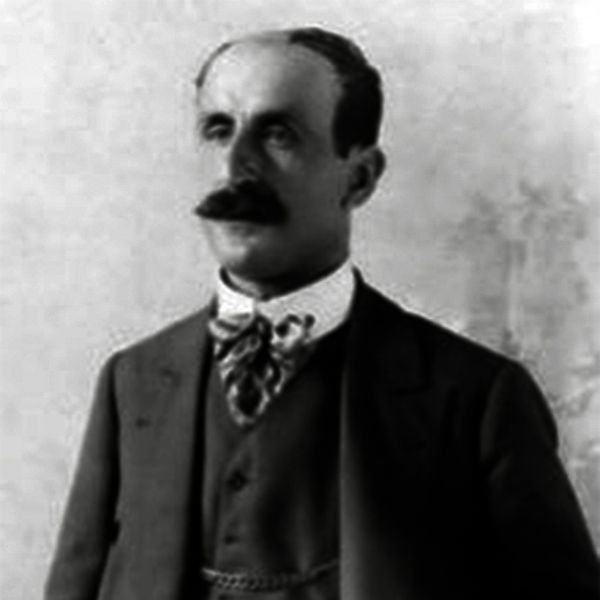
Who is Ali Sami Yetik? (1878-1945)
Who is Ali Sami Yetik, who stands out with his works that form the basis of war compositions? What is the place and importance of painting in the story of life filled with wars? Sections from the life story of Ali Sami Yetik, who believes that art should reflect revolutions, are as follows;
Ali Sami Yetik, who transferred from Civil High School to Kuleli Military High School, was influenced by his friend Mehmet Ali Laga’s passion for painting and started painting with the encouragement of his teacher Osman Nuri Pasha. He became a student of Hodja Ali Rıza at Harbiye, which he graduated in 1898. While he was serving at Eyüp Baytar Military Junior High School, he entered Sanayi-i Nefise School in 1900 and learned the figure from Valeri. After graduating in 1906, he worked as an art teacher in Harbiye, Kuleli High School and Koca Mustafa Pasha Military Junior High School at different times.
Yetik, who worked in the workshop of Jean-Paul Laureans at the Academy Julian in Paris, moved away from the classical style and turned towards impressionism. He joined the founders of the Ottoman Painters Society.
Since he was an officer of the Ottoman Army, he was assigned to the Edirne front in the Balkan War together with his friend Mehmet Ali Laga from Idadi. Here he met Hasan Rıza and took care of his looted workshop, ensuring that some of the paintings were included in the Vienna museums.
The paintings and sketches made by the artist during the wars in which he participated formed the basis of the large-scale war compositions in the Şişli Workshop. He participated in Galatasaray, Ankara and Vienna Exhibitions. Yetik, who was successful in landscapes, still lifes and portraits as well as war paintings, had articles and writings in periodicals.
He prepared two albums for secondary schools. He published the book Our Painters in 1940. He became the first member of the Soldier Painters Association, founded in 1945. In the last years of his life, he concentrated on paintings about Ankara. The painter, who stayed away from the Cubism-based art approach of the 1930s, believed in the necessity of art reflecting revolutions.












